In the heart of every home, a silent hero embarks on daily expeditions, navigating the twists and turns of your living space with grace and precision. No, it’s not a character from a sci-fi novel or a futuristic movie; it’s your trusty robot vacuum! Day by day its becoming increasingly popular. But many want to know how these gadgets navigate your home.
Robot vacuums can get around your home in a few different ways, after few munites, you will know that. Some models use a mix of rock sensors, wheel odometry and inertial measurement units (IMUs) to determine where they are. Others use VSLAM or LiDAR technology to create a virtual map of the room, which helps them navigate more easily.
However, in today’s post, we detail seven ways robot vacuums work around your home. So let’s get started.
First, you will know how a robot vacuum navigates at your home.
Table of Contents
How a Robot Vacuum Navigates Your Home
Robotic vacuums use a below 3 ways;
- Different sensors,
- Algorithms for Navigation, and
- Mapping techniques to navigate around your home.
Let’s see below how robot vacuums navigate home.
Watching through sensors
To clean a room successfully, a robot wants to move freely through space while staying out of trouble. However, they can’t see the world the way we do, even if there is a camera onboard. As a substitute, they use different sensors to detect obstacles, barriers, or other hazards. Also, they measure how far they’ve traveled and discover new areas to cover.
Actually, these sensors trigger programmed characteristics that decide how the robot responds and how a robot vacuum navigates home. Overall, just which sensors a robot vacuum uses and how a robot vacuum navigates home or work can vary by manufacturer companies and model, but these are ordinary to all.
Barriers Sensors
According to a robot vacuum’s point of view, our homes are a barrier course of chair legs, coffee tables, sofas, and stray toys. In fact, sensors located on or near the vacuum’s shock-absorbing bumpers allow it to steer through these obstructions without getting slowed down. If the bumper impacts an object, the sensor is activated, then the robot vacuum cleaner can turn and move away until it finds a clear path.
On the contrary, which direction it takes is decided by where the bumper makes contact. For example, when a vacuum hits an object with the left side of its bumper, it will generally turn right since it has determined the object to be to its left.
Cliff sensors
Honestly, stairs are probably the biggest trouble for robot vacuums.
Moreover, a tumble could damage the vacuum or anything in its path. For this reason, cliff sensors are a sufficient safety requirement for all robot vacuums.
They measure the distance to the floor by frequently sending infrared signals to its surface, in this way how a robot vacuum navigates home. When the signals don’t instantly bounce back, the robot guesses that it has reached a (down) stair or some other cliff and will change direction.
Wall sensors
As their name, you might think wall sensors help robot vacuums avoid collisions. Not actually so. In fact, they help them detect walls, again using infrared light, so they can follow along with them.
Moreover, this grants them to clean along the edges where the wall meets the floor. On the contrary, it allows them to do it without bumping or scuffing the wall as we do with standup vacuums.
Additionally, in models with mapping options, wall sensors can also help the vacuum follow around open doorways and discover new areas to clean. After all, how a robot vacuum navigates home or work can vary up to the models, but these are ordinary to all.
Wheel sensors
Actually, a robot vacuum uses light sensors to measure wheel rotation. With this measurement and the wheel circumference, it can calculate how far it has traveled.
In the past, sensor navigation was the way all robot vacuums worked. Nowadays, it’s mostly limited to lower-end models because, though it’s useful, it’s not accurately efficient. The reason is these robot vacuums react to sensory input, they tend to realize their way through a room, vacuuming in random paths.
To get complete coverage and clean every area necessarily once they’ll take multiple passes over a room if battery life allows.
According to tests, this usually meant longer times. In the case of larger rooms, uneven cleaning as some areas got more attention than others.
Mapping Technologies
Cameras
Some robot vacuums have cameras that take pictures of the room as the vacuum moves around it. Using these pictures, advanced computer vision algorithms can find barriers and map the area.
Lidar Light Detection and Ranging
Lidar sensors send out laser beams in different directions. The vacuum can make a picture of its surroundings by timing how long it takes for the laser beams to come back. This detailed guide makes it easy to find your way.
Note: Do you know why your robot vacuum frequently gets stuck? we have discussed here 10 reasons of robot vacuum gets stuck, If you are interested you can go here.
SLAM (Simultaneous Localization and Mapping)
SLAM technology uses sensor data like;
- Lidar,
- Cameras
- Wheel encoders and
- Algorithms
To build a real-time map of the robot’s surroundings while also keeping track of the robot’s position within that map.
Algorithms for Finding Your Way
Avoid Problems
Robot vacuums use algorithms to look at their sensors’ information and figure out the best way to move around objects. They can either go around or, if it’s small enough, go over the object.
Cleaning Routines That Work
To ensure they clean well, robot vacuums use formulas that determine the best ways to clean. Standard designs are Back-and-forth, a circle, or a mix of the two. The vacuum may also change how it cleans based on the room setup.
Coming back to empty spaces
Some robot vacuums remember where they’ve already cleaned and give more attention to places they have yet to be. This keeps cleaning from being done more than once and ensures that most area is covered.
Now you will know some Common question and answer about robot vacuums.
FAQs on robot vacuums navigate home
Do all robot vacuums map?
Not every robot hoover comes with the ability to map. Basic models may clean in a more random way, while more advanced ones often have mapping features to help them find their way.
Do robot vacuums have GPS?
GPS is not built into every robot vacuum. Some low-cost models use a combination of sensors, Such as;
- Rock sensors,
- Wheel odometry and
- Inertial measurement units (IMUs).
More advanced models use VSLAM or LiDAR technology to build a (vacuum) virtual map of the room, which helps them move around more effectively.
Do robot vacuums work well on all types of flooring?
Most types of floors, like (vacuum can go)hardwood, tile, and carpet, work well with robot vacuums. But their efficiency can be different based on the type and what it has.
Video on robot vacuums navigate home
Finally, we are going to the conclusion.
Conclusion
Overall, no robot vacuum will navigate flawlessly all the time. Sometimes You have to detangle them from cords or bring out them from a low couch they never should have gone under to begin with.
In the end, how a robot vacuum navigates your robot vacuum doesn’t matter as much its ability to clean your floors to your amusement with a minimum of your help.

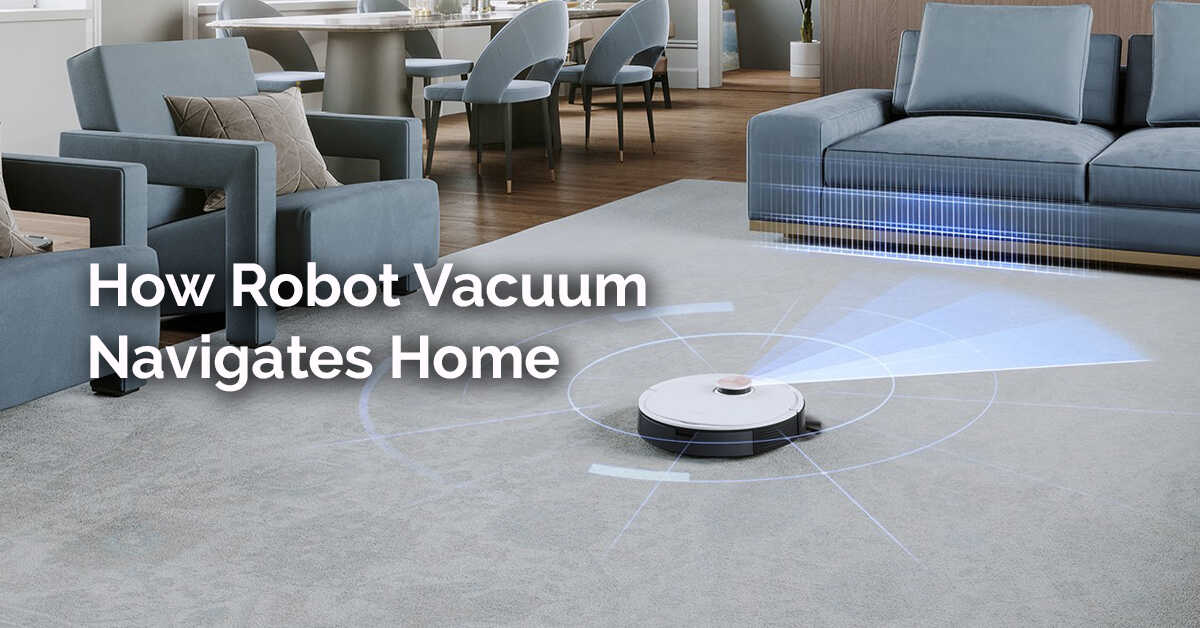
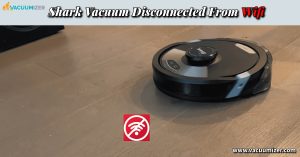
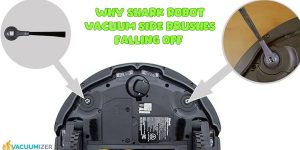
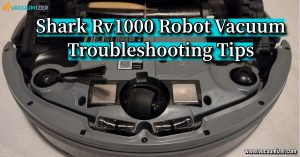
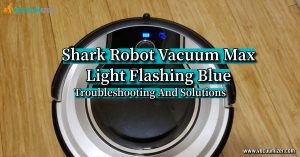
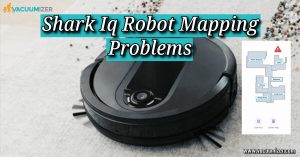

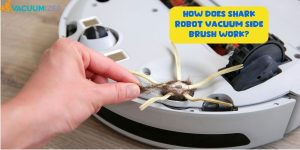
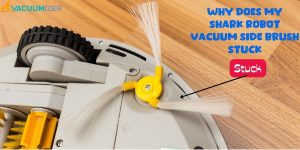
[…] RELATED: How Do Robot Vacuums Navigate Home […]
[…] Read More Post: How Do Robot Vacuums Navigate Home […]
[…] costly robot vacuum is pointless. Is it if you now live in a studio apartment? Here are the general characteristics of robot vacuum cleaners in each price […]
[…] robots rely on vacuum sensors to detect obstacles and (robot vacuum) navigate around them. If these sensors are faulty, the vacuum can collide with objects, potentially jamming […]